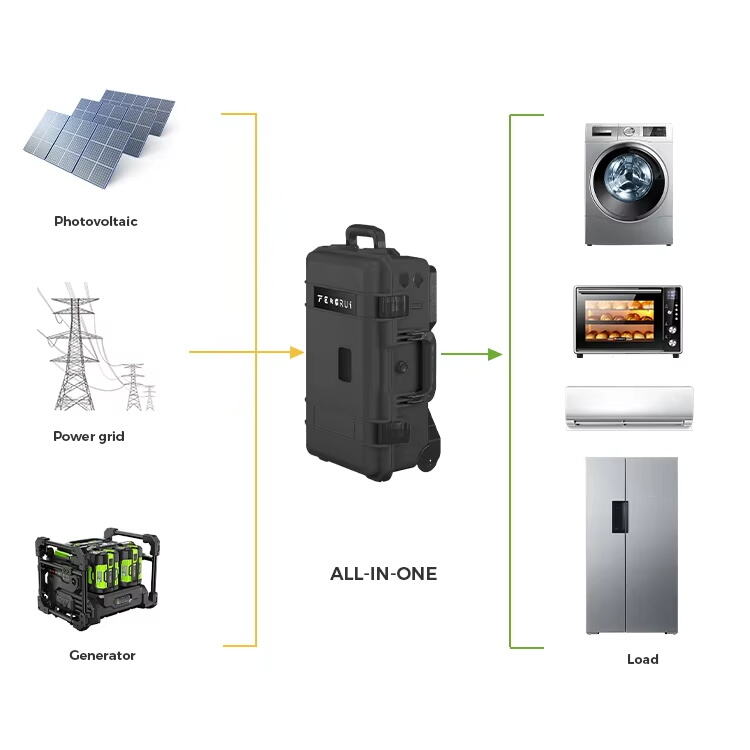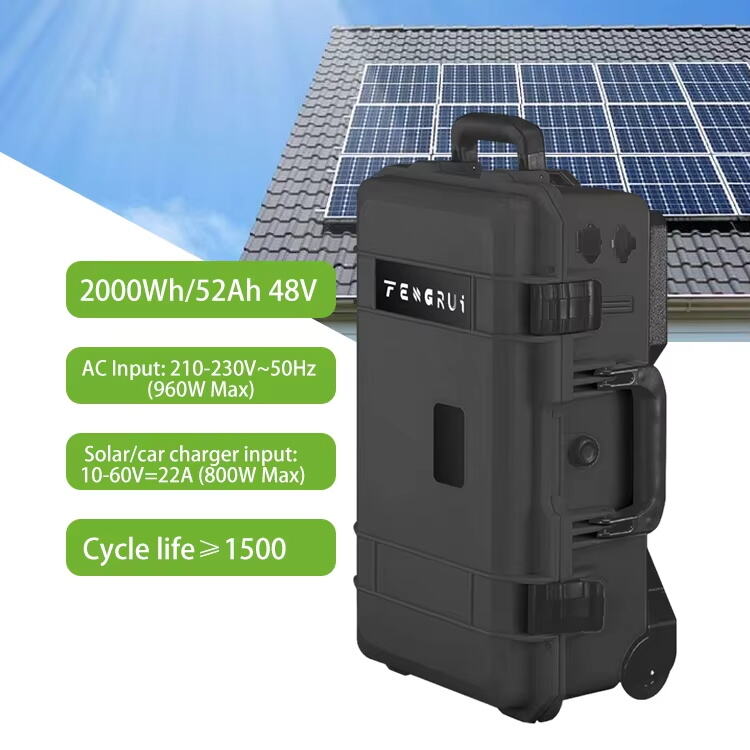Portable Power for the Modern Lifestyle
In today's mobile-driven world, having a reliable energy source on the go is more important than ever. Whether you're camping off the grid, powering tools on a remote job site, or preparing for an emergency, a high-performance portable station offers unmatched versatility. These power stations provide convenient access to electricity anytime, anywhere, making them an indispensable part of modern living.
The best high-performance portable station models are designed to deliver efficient, stable, and safe power output while remaining compact and user-friendly. From charging your laptop to running small appliances, these systems are engineered for both reliability and mobility.
Key Electrical Capabilities
Pure Sine Wave Inverter for Stable Output
A defining feature of any high-performance portable station is a pure sine wave inverter. This technology produces electricity that closely matches the smooth waveform supplied by traditional utility companies, ensuring compatibility with sensitive electronics such as medical devices, laptops, and cameras.
Pure sine wave output also improves the performance and lifespan of appliances, especially those with AC motors or advanced processors. Unlike modified sine wave alternatives, pure sine wave power stations avoid risks of overheating, noise, or glitches.
Sufficient Battery Capacity and Power Rating
Battery capacity is critical when evaluating a high-performance portable station. Measured in watt-hours (Wh), it indicates how long a device can run before recharging. Higher capacity means more runtime and the ability to power multiple devices simultaneously.
Also, check the power rating, typically expressed in watts (W). This determines what kind of appliances your unit can handle. A high-performance portable station should ideally support both high peak wattage and continuous loads, allowing it to run devices like mini-fridges, coffee makers, or even small power tools.

Versatility and Expandability
Multiple Output Ports for Different Devices
Modern users depend on a variety of devices, from smartphones to drones. A high-performance portable station must support multiple output options, such as AC outlets, USB-A, USB-C, DC carports, and even wireless charging pads. This flexibility ensures that you can charge or run all your devices from one power hub.
Output diversity also enhances efficiency. Instead of using adapters or converters, you can directly connect your devices to the correct port, reducing power loss and saving time during charging sessions.
Expandable Solar Charging Capability
With solar compatibility becoming a standard expectation, a high-performance portable station should include solar input functionality. This allows users to recharge their units using solar panels, extending usability in remote or off-grid environments.
Look for MPPT (Maximum Power Point Tracking) technology, which maximizes energy harvest from the panels, even under fluctuating sunlight. Expandable solar options also mean you can connect larger panels or additional units for faster charging and longer endurance.
Built-in Safety and Monitoring Features
Advanced Battery Management Systems (BMS)
Safety is paramount in any power product. A reliable high-performance portable station must incorporate a smart Battery Management System (BMS). This system monitors voltage, temperature, current, and charge cycles to prevent hazards like short-circuits, overheating, and overcharging.
BMS also plays a vital role in maximizing battery lifespan and maintaining performance under various usage conditions. Whether you're using the station in extreme cold or heat, a robust BMS ensures consistent and safe output.
Real-Time Monitoring Interface
Ease of use is further enhanced by real-time monitoring features. A digital display that shows battery status, output wattage, input charging rate, and remaining runtime helps users make informed energy decisions.
Some high-performance portable station models also offer app connectivity, enabling remote control and monitoring from smartphones. These features contribute to convenience and overall user satisfaction.
Design and Portability Considerations
Compact Form Factor with Rugged Build
Portability is a core requirement. A high-performance portable station must balance energy capacity with compact dimensions. Lightweight yet sturdy construction materials like aluminum or reinforced plastics are ideal for long-term durability.
Look for ergonomic handles, stackable designs, and impact resistance, especially if the unit will be used in outdoor or rugged environments. A water-resistant or dust-proof exterior can further improve durability.
Quiet Operation and Eco-Friendly Performance
Unlike noisy gas generators, lithium-powered portable stations operate silently. This makes them perfect for use in campsites, RVs, or indoors during power outages.
In addition to silent performance, these stations are eco-friendly, producing zero emissions. Using a high-performance portable station reduces carbon footprint while supporting a clean, renewable energy lifestyle.
Choosing the Right Model for Your Needs
Understand Your Power Requirements
Before choosing a high-performance portable station, evaluate your energy consumption needs. Create a list of essential devices and their power ratings. Understanding your peak and average usage will help you select a unit with the right battery capacity and output ratings.
Consider usage scenarios—emergency backup, recreational use, off-grid living, or professional fieldwork—and prioritize features like portability, output types, and recharge options accordingly.
Balance Features with Budget
High-end models offer superior performance, but that doesn't mean every user needs the most expensive unit. A good high-performance portable station should meet your needs without unnecessary extras. Consider brands that offer scalability or upgrade options as your energy needs grow.
Investing in a reliable power station is a long-term decision. Choosing the right combination of features now will pay off in convenience, safety, and functionality for years to come.
FAQ
What is the difference between pure sine wave and modified sine wave inverters?
Pure sine wave inverters provide smoother and more stable electricity, suitable for sensitive devices. Modified sine wave inverters are cheaper but may cause issues with advanced electronics and motorized appliances.
How long does a high-performance portable station last on a single charge?
The runtime depends on battery capacity and device load. For example, a 1000Wh unit can power a 100W device for roughly 10 hours. Usage conditions and efficiency can influence total runtime.
Can I use a high-performance portable station while it is charging?
Yes, most models support pass-through charging, meaning you can use the device while it’s being recharged. However, this may affect the total charging time and efficiency.
Is it safe to leave the portable station connected all the time?
Modern stations with proper BMS are safe to leave plugged in, but it’s recommended to disconnect devices when not in use to preserve battery health and avoid phantom loads.

